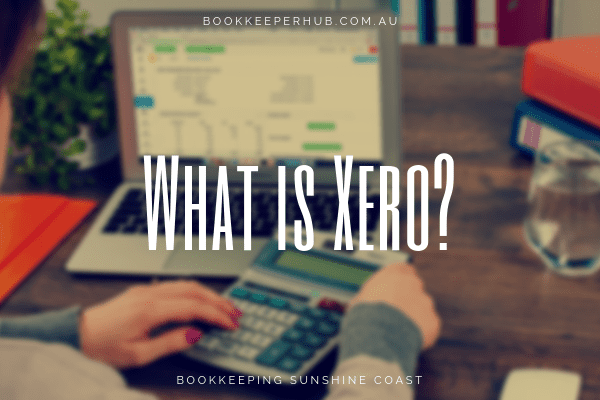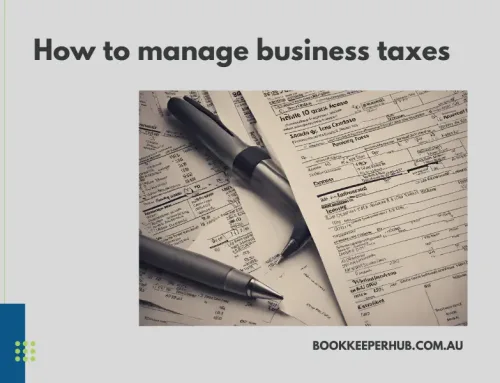In the past, accounting was typically done with pen-and-paper systems that often involved an accountant skilled in the use of a calculator and many sheets of paper that needed filling in. It was all about reading from invoice sheets, bills and other financial documents and compiling a business’s books by hands. Nowadays, there are far more efficient services thanks to the internet and digital improvements.
Xero is one of the most popular accounting software platforms available for businesses today. Aimed at small and medium-sized businesses, Xero offers it software as a software-as-a-service (SaaS) model which essentially means a subscription is required to access it. The price is usually based on the number of employees that will be accessing it, the services required by the company and also subscription’s length of time.
How does Xero work?
Xero is designed to help small and medium businesses cut down on mundane accounting tasks such as counting up income from various invoices and expenses for the month or week. It allows companies to organise their information in order to provide them with more productive time spent on other business tasks such as growing their business.
Xero is a cloud accounting software tool which means that it works on a number of different platforms such as mobile devices, smartphones and computers. It also means that as long as the user has a working internet connection, they can utilise the platform to handle accounting tasks such as sending invoices and categorising bank transactions.
Xero bookkeeping is designed for small and medium businesses, meaning that it doesn’t have the necessary features to work together with complex large businesses. However, if the user is willing to compromise and change their workflow to accommodate for Xero, it could be a cost-effective solution even for large corporations. Fortunately, Xero is always pushing the limit of what’s available on their platform and will likely have plans to accommodate larger businesses in the future.

What features does Xero have?
Xero comes with a variety of useful tools that are designed to help small and medium businesses with their accounting needs.
For example, Xero makes invoice creation easy with templates and simple settings that can be used to create recurring invoices. Updates can also be sent to the user when these invoices are read by the recipient, making it easy to determine if they have seen the invoice or not. Xero can also help businesses manage their payroll by reducing manual data entry, and it also has the ability to manage cash flow by scheduling regular payments to suppliers, utilities and other services that are considered expenses.
Xero is also unique that it allows third-party apps to be developed and integrated with their system. There are currently over 700 third-party apps that can be used for inventory tracking, invoicing, time management, expense record and more. These add-ons are created by developers and are released for public use to enhance the functionality of Xero.
Lastly, Xero is also an HMRC-recognised VAT software provider. This means that a business can submit their online tax return with simple and easy-to-use digital tools that reduce the chances of an error occurring and improves the accuracy of tax calculations. In addition, Xero also supports expense claiming that can also be added to the submitted tax return, making it simple to handle the company’s financial responsibilities.
What businesses are compatible with Xero?
In general, any business can work well with Xero. Although Xero is targeted mainly at small and medium businesses, the software can be adapted to work with larger corporations as well. In fact, it can easily handle multi-branch companies with hundreds of employees and multiple bank accounts and payment processing systems.
In fact, Xero itself, a company with around 500-1000 employees, uses Xero to manage their accounting. The most popular industries that utilise Xero are accounting, computer software, recruitment, and information technology. Xero is currently being used by over 1.5 million subscribers and there are several companies with well over 10,000 employees that have implemented it into their workflow. However, the majority of Xero users operate companies between 10 and 50 employees.
In short, Xero is compatible with any business and industry, but larger businesses might have trouble adapting Xero to work with their business if it’s large, complex and utilises multiple bank accounts and payment processing services.

What are the advantages of using Xero?
Xero comes with a number of advantages that are common with cloud accounting services.
- Real-time financial reports – An advantage of cloud accounting is its immediacy. Instead of waiting for a weekly or daily report of your financial situation, it processes money transfers immediately meaning you can get up-to-date statistics on your finances.
- Access financial data anywhere – The accessibility of Xero means you can access your financial information and perform various accounting-related tasks no matter where you are.
- Support for collaboration – Since Xero works in the cloud, it enables multiple users to access the platform at the same time and make changes and adjustments as needed, resulting in the ability for several people to collaborate.
- Simple backup system – By making regular backups, Xero helps to protect your financial data from tampering and hardware failures that could otherwise be fatal for your business.
- Efficient workflow and support for many clients – The platform is easy to use and has support for many clients thanks to its scalability. This means a small business can grow the number of orders it completes and the clients it works with without running into early limitations due to the software.
- Expandability with add-on support – Third-party developers have the ability to extend the functionality of Xero with third-party support, meaning there is always room for improvement and new features as the community requests it.
- Easy integration with other software – Xero is a standalone accounting solution but it can also be integrated with other tools such as payroll software or payment processing solutions.
Xero has remained one of the world’s most popular cloud accounting solutions for small to medium businesses and there are many larger companies that have worked Xero into their accounting workflow.






